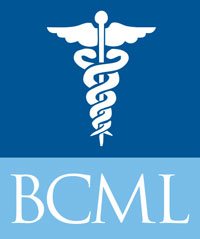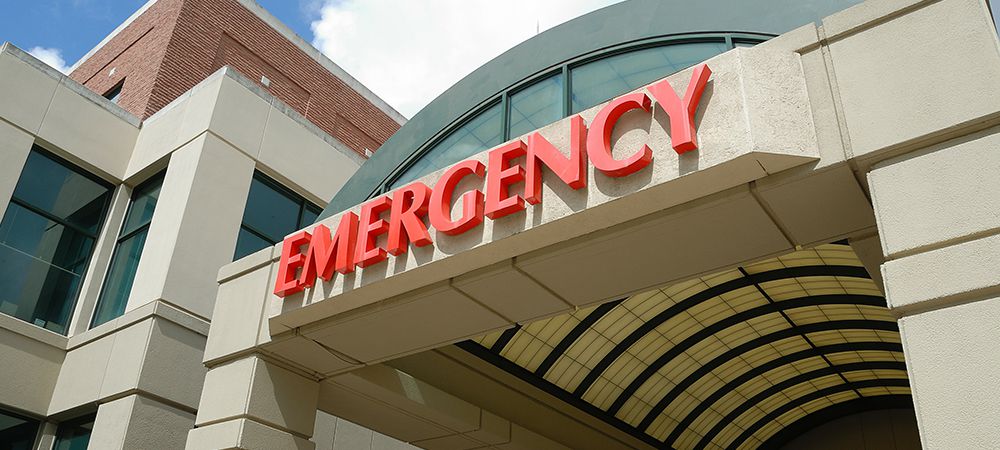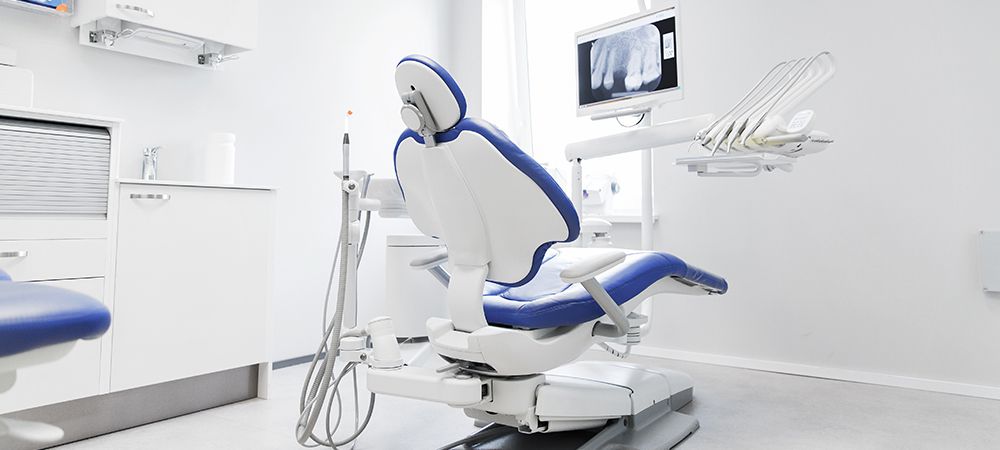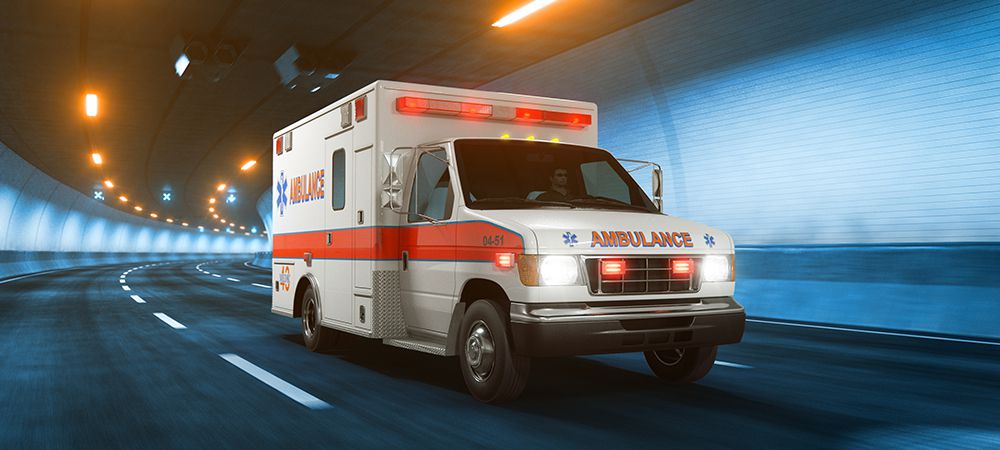Some situations are unquestionably emergency scenarios that will require a hospital visit. Severe injuries from car accidents and other sudden trauma are a prime example. However, other medical concerns may be better treated at a walk-in clinic, urgent care or by making an appointment with your primary care physician.
Here we will look at some guidelines for when you should go to the emergency room or seek other medical care.
What is the Difference Between a Walk-In Clinic, Urgent Care and ER?
Technically speaking, all three of these medical facilities can provide “walk-in” care, meaning care provided without requiring an appointment. An emergency room is contained within a hospital and will have the most extensive medical equipment, medical staff and capabilities. It will also likely have the longest wait times. Due to this, the ER should be reserved for serious and life-threatening emergency situations to not increase these wait times.
Walk-in Clinics and Urgent Care can sometimes be used interchangeably and both may provide similar services. However, walk-in clinics located inside of a retail pharmacy will typically have less robust medical offerings compared to an independent urgent care facility. These retail clinics will typically be staffed by a physician’s assistant or nurse and offer services such as flu shots, treatment for strep throat, minor cuts and some basic health screenings.
A full urgent care facility will have physicians on staff and provide everything a walk-in clinic provides along with blood tests, x-rays, and some cardiology services. Urgent care may also be able to care for broken bones, but this may require an ER trip in other cases.
When Should You Definitely Go to the ER?
The simplest answer to this is that if you feel like you are in an emergency situation, you should head to the ER to exercise the most extreme caution. Alternately, you can call 911 to describe your symptoms or situation and be advised on the best course of action. That being said, the following situations should be considered for immediate ER visits:
- Persistent and severe chest pain
- Symptoms of a stroke, including difficulty speaking, confusion, sudden weakness in an arm, leg or your face.
- Difficulty breathing
- Major trauma (I.E. significant injury from a car accident, a fall, or other similar sudden incident)
- Head injuries
- Vomiting blood
- Drug overdose
- Severe burns
- Seizures
When Should I Go to Urgent Care?
Urgent Care facilities offer a wide range of medical testing and treatment. While they should not be used for the emergency situations described above, they are the best option for the following:
- Signs of common illnesses such as cold, flu and strep throat. However, in severe flu cases especially in the very young or the elderly, an ER visit may be required. A high and sustained fever is one such instance.
- Urinary tract infections
- Diarrhea (unless you are also showing signs of dehydration, in which case you may still need to go to the ER).
- Ear and sinus infections
- Fever
- Sore throat
- Minor cuts and burns that you are unable to treat at home but are not life-threatening.
- Pink eye
- Sprains – a sprained wrist, ankle, knee etc. may be able to be treated at an urgent care. Some simple bone breaks may also be treated at a clinic.
Call Your Primary Care Physician When Possible
If you are unsure if you need emergency medical attention, your primary care physician is often the best person to contact. Your regular doctor will already have your medical history on file and know your medications. They are the best person to tell you when and where you should seek medical attention.
Should I Call an Ambulance?
In life-threatening situations you should contact 911 in order to have an ambulance dispatched. However, it is important to note that this may not result in faster care. Though the emergency vehicle will have certain equipment on board that may help in some situations, there is no guarantee you will be seen by a doctor more quickly once you arrive at the ER.
Additionally, you will be billed $45 for your ambulance ride which is your portion of the ambulance cost if you have the Ontario Health Insurance Plan (OHIP). In some cases, you may be charged the full amount of $240 if it is found that you were not in a life-threatening situation. This cost alone should not be a deterrent to seeking the care you need, but it is worth considering if you have another transportation option.
What to Bring With You to the ER or Urgent Care
While preparing for an ER visit may not be an option in many cases, if possible, consider taking these measures before heading to the ER. These measures can also apply to a walk-in clinic visit.
Bring an Advocate: When you arrive at the ER, there will be paperwork and likely a wait time. Along with providing moral support during this process, a friend, spouse or relative can help speak for you if you are not able to.
Have a List of Medications: If you are on any kind of prescription medications, it is important for the ER team to know what those are. Some prescription drugs can have negative interactions with other medications you may be given at the hospital. Similarly, if you have taken any over the counter medications or supplements, this may also be relevant to your treatment so have this information available as well.
Know Your Allergies: On your list of medications, also include your known allergies.
Other Relevant Medical History: If you have any other known medical conditions, this information should be included on your medication list along with your primary care doctor’s name. Depending on your reason for going to the ER, you may also want to write down relevant information to your current ailment.
For example, if you have a sudden and severe allergic reaction, include a list of items you ate or came into contact with that could be the most likely culprits. While it is not absolutely necessary to write this all down, it may save you from having to repeat yourself and help you avoid leaving out important information during the stress of an emergency situation.
Conclusion
If you find yourself in medical distress of any kind, take comfort in knowing there are multiple options for your care. Many injuries and conditions do not require a stressful trip to the ER which is likely to include a significant wait time.
Instead, many medical treatments and diagnostics are available at conveniently located walk-in clinics like BCML Walk-In Clinic. We provide blood tests, cardiology services, eye care and treatment for many other common medical concerns. To reach our caring physicians, contact us at 416-929-1900.



